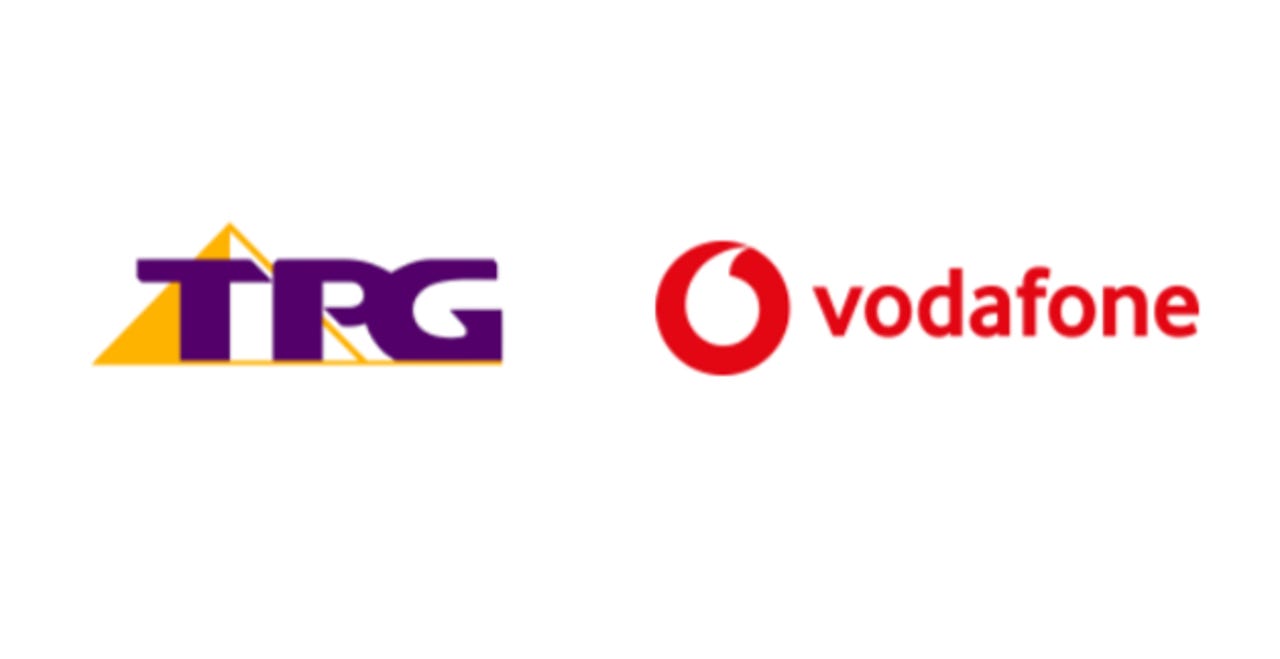Merger approval after 18 month wait will allow Vodafone to speed up 5G deployment


Vodafone Australia CEO Iñaki Berroeta said the Federal Court ruling on Thursday to approve its merger with TPG has removed uncertainty, meaning Vodafone will accelerate the delivery of 5G technology to its consumers as well as better target commercial customers.
"I'm delighted with the decision", said Berroeta. "We are confident that this is a good outcome for the market".
During a press briefing soon after Justice Middleton issued his ruling, Berroeta said that the consumer in Australia wins whether you're with TPG, Vodafone, Optus, or Telstra.
"For the first time, Australia will have a strong third converged telco as the same time 5G is coming in," he said.
The ACCC has 28 days to decide whether it will appeal against the ruling, with Berroeta saying nothing will happen until the matter is fully cleared.
Vodafone will continue with its standalone 5G ambitions as it has significant investments planned. Berroeta added the telco will not be using the 700MHz spectrum that TPG purchased at an ACMA auction until the merger is complete. He also ruled out accessing that spectrum through a lease arrangement while the details of the merger are sorted out and the process is formally completed.
But once the appeal period is over, assuming the ACCC doesn't proceed, he said the rollout plan could accelerate as the telco would use that spectrum to boost its 4G network as it proceeds with work on building the 5G network.
The company's recent deal with Nokia means it will be able to take advantage of its existing spectrum assets as well as those of the merged business.
"Swapping to Nokia and will ensure full stack of spectrum can be used," he said.
See also: TPG and Vodafone Australia to merge into AU$15b telco named TPG
He noted that integrating TPG's existing small-cell network would be relatively straightforward and provide a quick boost to Vodafone's existing coverage.
Part of that strategy, he added, would be to build the network where its customers are rather than simply looking for geographic coverage, which suggests a focus on urban areas will continue.
The launch of Vodafone Australia's 5G network is currently in progress, with plans to start testing soon and launch services in the middle of this year. He noted that there was no rush to launch as Apple devices account for over half of its customer base, and a 5G iPhone is unlikely before September.
Unlike other carriers, that plan to offer 5G as a premium service with extra charges, Berroeta said he doesn't expect this to be the case with Vodafone. Rather, the services the telco can sell on top of the network will be where the real revenue opportunities lie.
Having worked in the mobile business since the 1990s and the days of 2G, Berroeta said charging a premium for faster access has never been a sustainable strategy.
Once the merger is complete, Berroeta said the company's go-to-market plans will look to leverage two customer bases. With Vodafone having a strong footprint of about 6 million mobile customers and TPG bringing about 2 million residential customers, as well as a strong business presence through its "best in metro Australia" fibre optic network. He said this would result in a stronger rival for Telstra and Optus than if the two businesses had remained separate.
Competition is not just about the number of players, he said, it is linked to the ability of the players to compete. He added that the quality of the competitors, rather than the number, is more important, citing the number of RSPs in the NBN market as an example of where more has not necessarily proven to be better.
As for the costs of the legal case, Berroeta said it would run into the millions for the companies involved and for taxpayers. But the more significant cost is the 18 months lost in the process and the value that customers have missed out on.
RELATED COVERAGE
- TPG and Vodafone merger approved by Federal Court
- ACCC says TPG consultant 'had no idea' in TPG-VHA merger case
- Another day, another expert carved up in the TPG-VHA merger case
- TPG put key investor 'over a barrel'
- TPG kept looking into 5G even though Teoh killed the project
- VHA and TPG close by stating ACCC needs a 'forensic Tardis' to oppose merger
- Ericsson asked about 'favourite children' in Vodafone-TPG blocked merger case
- Teoh wanted his TPG kingdom to be a mobile operator 'no matter what': ACCC